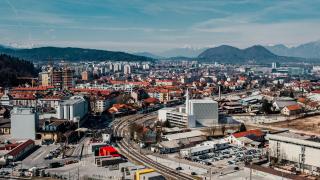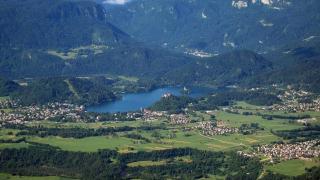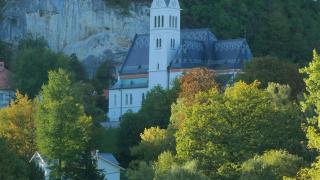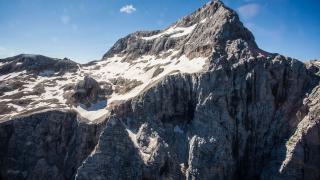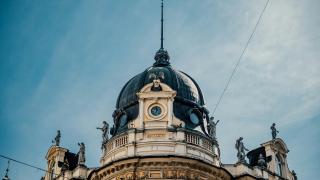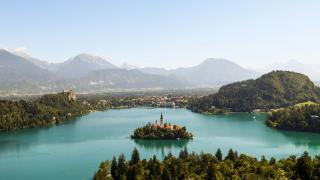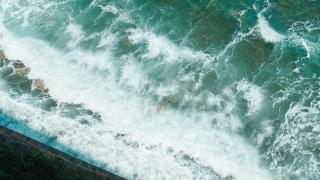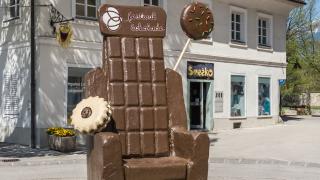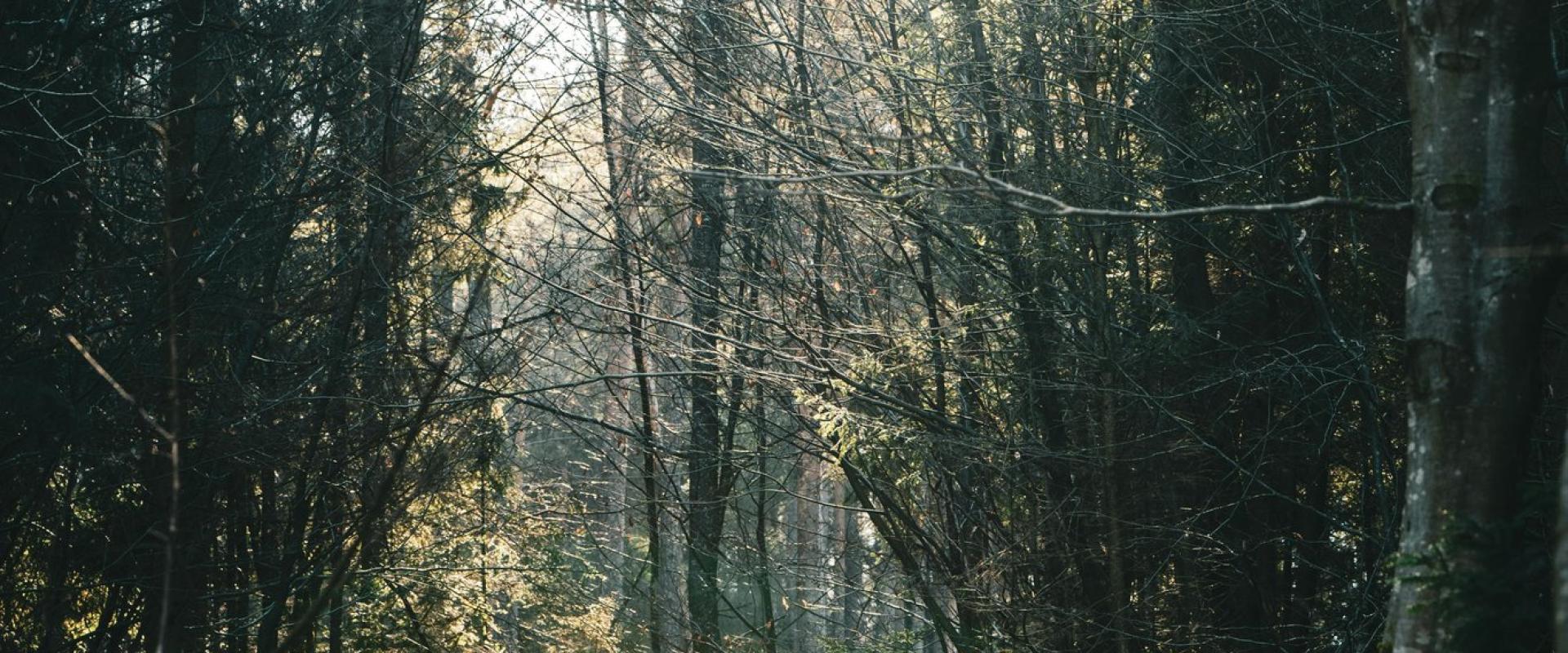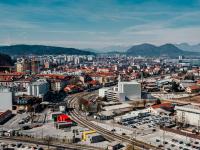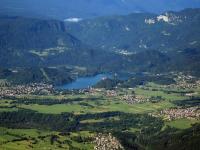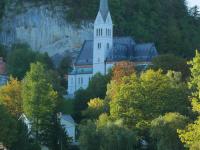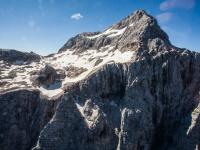Why Go Beyond Bled?
Lake Bled, Ljubljana, and Postojna Cave are Slovenia’s most visited sites. Many travelers miss lesser-known regions. Off the beaten path in Slovenia means exploring places like Luče, Solčava, or Tržič. These Alpine villages offer authentic local life. You can hike the Logar Valley or bike through Pokljuka forests. Trails are marked, rarely crowded, and free to access. In Vipava Valley, glamping starts at €60 per night. Local farm stays in Kobarid cost around €40 per person. Distances are short: Luče to Ljubljana is 60 km, about 1 hour by car. Local buses connect most towns, but rental cars give more flexibility. Traditional gostilnas serve regional dishes for €10–15. Villages host seasonal festivals, like the Solčava Sheep Festival in July. Travelers find unique landscapes—karst plateaus, alpine meadows, and river gorges. Locals welcome visitors with homemade cheese and schnapps. Off the beaten path, you avoid crowds and experience Slovenian hospitality. Adventurous travelers can join guided hikes or self-guided biking tours. These routes reveal Slovenia’s hidden beauty beyond the main tourist trail.
Secret Alpine Villages
Luče sits in the Upper Savinja Valley, 40 km from Celje. The village features wooden hayracks (kozolec) and stone farmhouses. Solčava is 8 km north, near the Logar Valley. It is known for the Solčava Panoramic Road, a 37 km scenic drive. Tržič lies at the foot of the Karawanks, 20 minutes from Kranj. Its old town has alpine facades and cobbled streets. Jezersko is 30 km from Kranj, surrounded by the Kamnik-Savinja Alps. The area is famous for glacial Lake Planšarsko jezero.
Activities include:
- Hiking: Logar Valley trails, Košuta ridge above Tržič, Jezersko’s Češka koča hut (2-3 hours, free access)
- Cycling: Solčava Panoramic Road loop (moderate, 3-4 hours)
- Local cuisine: Try žganci (buckwheat spoonbread) and sir iz tünke (aged cheese). Meals cost €8-€15.
Tips:
- Visit May–October for best weather. Winter brings snow and limited access.
- Respect private land and marked trails. Greet locals with “Dober dan.”
- Small guesthouses and turistična kmetija (farm stays) offer rooms from €30/night.
- Cash is preferred in remote areas. ATMs are rare.
These villages offer a slower pace and authentic Slovenian alpine life.
Wild Karst & Caves
Slovenia’s Karst region covers 1,100 square kilometers between Ljubljana and the Adriatic. The landscape features limestone plateaus, sinkholes, and underground rivers. Beyond Postojna and Škocjan, lesser-known caves offer quiet exploration.
- Križna Jama: Located near Lož, 60 km south of Ljubljana. Known for underground lakes and cave bears’ bones. Entry is by guided tour only. Tours last 1–4 hours. Basic tour costs €18. Rubber boots and headlamps are provided. Maximum 60 visitors per day.
- Planinska Jama: Near Planina, 35 km from Ljubljana. Features one of Europe’s largest underground river confluences. Open April–October. Guided tours only. Entry: €12. Bring warm clothes (cave temperature: 8°C).
- Divaška Jama: Close to Divača, 20 km from Trieste. Small groups, less crowded. Tours last 1 hour. Entry: €10. Sturdy shoes recommended.
Štanjel village sits atop a karst hill, 15 km from Sežana. Stone houses and terraced gardens overlook the valley. Lipica, 5 km away, is home to the original Lipizzaner stud farm. Karst caves require guides due to complex passages. Some caves have limited accessibility for mobility-impaired visitors.
Coastal Corners Uncovered
Slovenia’s coast is only 46 km long. Most visitors go to Piran or Portorož. Off the beaten path, Strunjan Nature Reserve offers quiet salt marshes and 80-meter cliffs. Entry is free. The reserve is 5 km from Piran, accessible by bike or bus. Izola’s old town has Venetian alleys and a working fishing port. Local seafood restaurants serve daily catch for €10–€18. The Sečovlje Salt Pans, near the Croatian border, are Slovenia’s oldest. Entry costs €7. Birdwatching is best from March to May. Biking trails connect Koper, Izola, and Strunjan—rentals start at €15 per day. Few crowds visit these areas outside July and August. Early mornings and late afternoons are quietest. Local buses run hourly from Koper and Piran to Izola and Strunjan. Walking between towns takes 1–2 hours. The Parenzana trail follows the old railway along the coast. These coastal spots show a different side of Slovenia, away from the main tourist flow.
Insider Tips for Adventurers
Transport: Renting a car is best for remote Slovenian villages. Local buses reach Luče, Solčava, and Tržič, but service is infrequent. Trains do not serve most mountain areas. Expect winding roads and narrow passes, especially in the Kamnik-Savinja Alps. Rental cars start at €35/day in Ljubljana.
Accommodation: Off the beaten path, glamping sites are common in Vipava Valley and Kobarid. Prices range €60–€120/night. Mountain huts (planinske koče) operate June–September. Reserve ahead for weekends. Dorm beds cost €20–€35/night. Family-run guesthouses (gostišče) are found in villages like Drežnica or Jezersko. Expect homemade meals and local hospitality.
Local etiquette: Greet with "Dober dan". Remove shoes in private homes. Respect quiet hours (22:00–6:00) in rural areas. English is spoken in tourist spots, less so in remote valleys. Learn basic Slovenian phrases for courtesy.
Safety and weather: Mountain weather changes quickly. Pack rain gear, warm layers, and sturdy hiking boots. Tap water is safe everywhere. Mobile signal is weak in some valleys. Inform hosts of hiking plans.
Local info: Tourist offices in towns like Bovec or Bohinj provide trail maps and bus timetables. Check Planinska zveza Slovenije for hut status. Avoid hiking in spring due to snowmelt. Cash is needed for huts and small shops.
Quick-Start Planning Checklist
Choose destinations: Research Luče, Solčava, Tržič, Pokljuka, and Strunjan. Use local sites like slovenia.info and moonhoneytravel.com.
Transport: Rent a car from Ljubljana (from €35/day). Check bus schedules at ap-ljubljana.si for rural routes.
Accommodation: Book glamping in Vipava Valley or boutique hotels in Kobarid and Bohinj. Reserve 2-3 months ahead in summer.
Activities: Plan self-guided hikes on the Alpe Adria Trail or biking in the Julian Alps.
Contacts: Save emergency number 112 and local tourist office numbers.
Responsible travel: Stay on marked trails. Respect private farmland and village quiet hours (22:00-6:00). Carry cash for remote areas.
